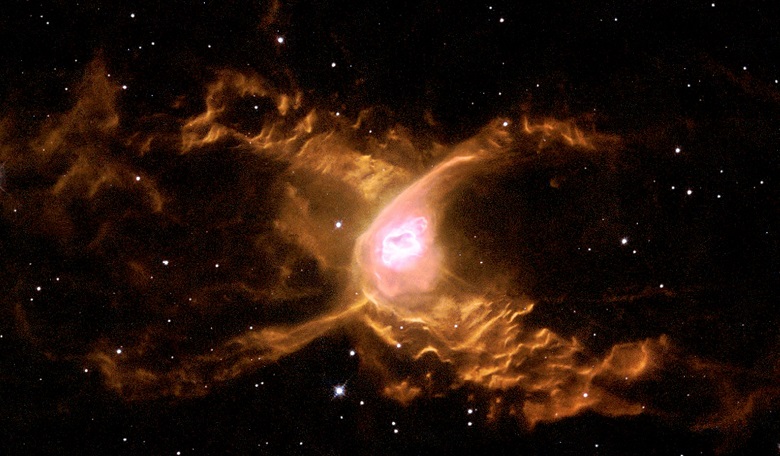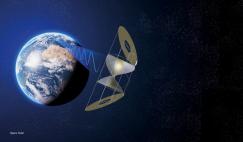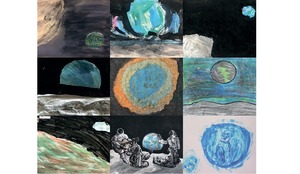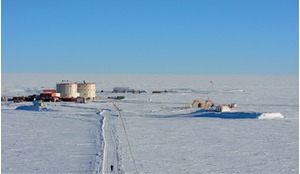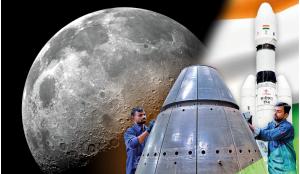When scientists began to calculate how much helium-3 (3He - the main helium isotope) there is in the Universe they stumbled upon a problem. As a primordial nuclide, 3He was forged shortly after the Big Bang. It is also produced through nuclear reactions in the cores of stars and subsequently expelled into the interstellar medium. Considering that the first stars formed around 200 million years after the Big Bang, a significant amount of 3He should now be scattered throughout the Galaxy. However, this does not appear to be case. Scientists are now turning to planetary nebulae to help solve the missing 3He problem.
Our Universe has been evolving for 13.8 billion years and throughout this epoch many stars have formed and ended their lives, enriching the interstellar medium and in turn the Universe with elements that make up everything we see around us today.
Only the first few of the lightest elements on the periodic table have been around since the beginning - helium and its isotopes (helium-3, also known as 3He), small amounts of deuterium (D) and a very small amount of the lithium isotope (7Li). These elements were formed in the first 10 seconds to 20 minutes after the Big Bang in a process known as nucleosynthesis, when free-floating protons and neutrons bonded together to produce atoms of increasing mass. Essentially all these low mass stars end up as a planetary nebula, ejecting any (or all) of the 3He produced via nuclear reactions taking place in the star’s core. The models predict that the amount of 3He that should be produced (relative to hydrogen) is around 10-4.
Find out more about the search for helium in the latest issue of ROOM, available now to our subscribers.





